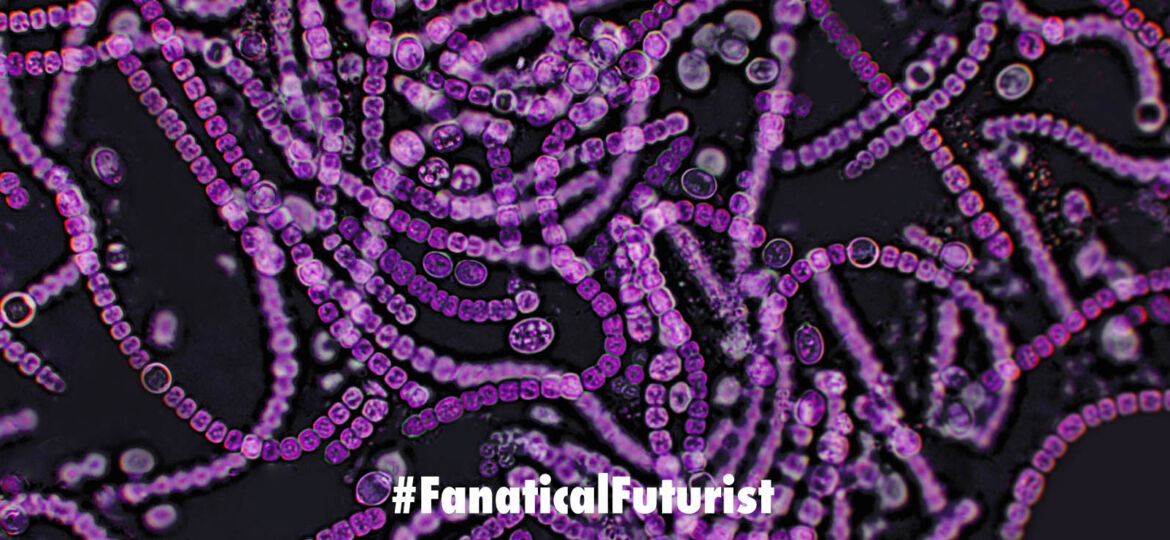
WHY THIS MATTERS IN BRIEF
Anti-Biotic resistance is a major growing problem and WHO “global emergency” but solutions are emerging …
 Love the Exponential Future? Join our XPotential Community, subscribe to the podcast, future proof yourself with courses from XPotential University, read about exponential tech and trends, connect, watch a keynote, or browse my blog.
Love the Exponential Future? Join our XPotential Community, subscribe to the podcast, future proof yourself with courses from XPotential University, read about exponential tech and trends, connect, watch a keynote, or browse my blog.
Antibiotic resistance is a major problem that scientists and health organizations are looking to overcome, and so far researchers have developed everything from the equivalent of genetic chainsaws and giant killer viruses to killer nanoparticles to solve it. Even Artificial Intelligence (AI) has designed some new interesting anti-biotics. Now though it looks like we might soon have another weapon against drug resistant bacteria in our arsenal – a new molecule. The molecule is called fabimycin, and further down the line it could be used to fight off some of the most stubborn infections that humans can get.
The new potential treatment targets gram-negative bacteria, a group of hard-to-kill pathogens that are commonly behind infections of the urinary tract, lungs, and even the bloodstream.
Their resilience is due to a protective outer membrane that helps shield the wall from damaging substances like antibiotics. One study at an English hospital found more than a third of individuals with gram-negative bacteria blood infections had died within a year, demonstrating the challenges involved in managing these robust microbes.
“Genomic studies and experiments with permeability-deficient strains have revealed a variety of biological targets that can be engaged to kill gram-negative bacteria,” write the researchers in their published paper.
“However, the formidable outer membrane and promiscuous efflux pumps of these pathogens prevent many candidate antibiotics from reaching these targets.”
Fabimycin overcomes these problems by passing through the outer cell layer, avoiding the pumps that remove foreign material to allow the molecule to accumulate where it can do the most harm. The substance also manages to avoid wiping out too many healthy bacteria, another issue with current treatments.
The team started off with an antibiotic that was known to be effective against gram-positive bacteria and made several structural changes to give the molecule the power to infiltrate gram-negative strains’ powerful defenses.
In tests, fabimycin had an effect on more than 300 types of drug-resistant bacteria. What’s more, in mice models it was shown to reduce levels of harmful bacteria in mice with pneumonia or urinary tract infections to where they were pre-infection.
“Given the promising activity of fabimycin in mouse infection models and encouraging data that fabimycin is dramatically more stable in rat and human plasma, it is reasonable to believe that fabimycin efficacy may improve as it is used to treat infections in higher organisms,” write the researchers.
Uncovering antibiotics that just might work on gram-negative bacteria isn’t something that happens every day, so the biosynthesis of fabimycin is a promising development.
As time goes on, we’re coming to understand more and more about gram-negative bacteria, whether that’s to do with the way it’s put together at a molecular level or the way that it works inside the body. All of that information is helpful in figuring out how we can stop the damage that it does.
There’s still a lot of work to do before fabimycin can actually be incorporated into a drug that’s actually used, but the signs are good. It’s certainly going to be worth keeping an eye on as researchers get it ready for use in human tests.
“The potency of fabimycin, combined with the very low resistance frequency and apparent lack of pre-existing resistance, bodes well for its translation,” write the researchers.
The research has been published in ACS Central Science.
















